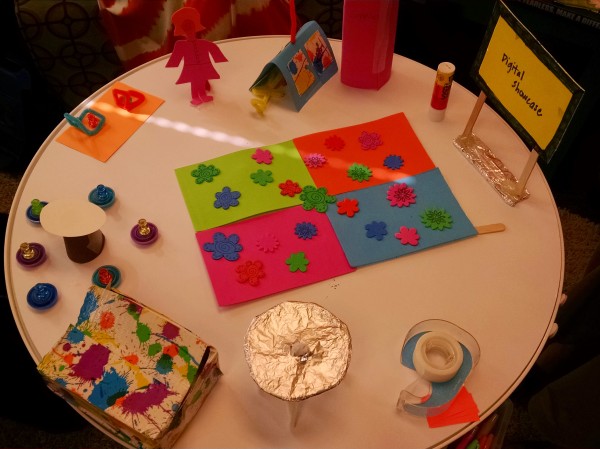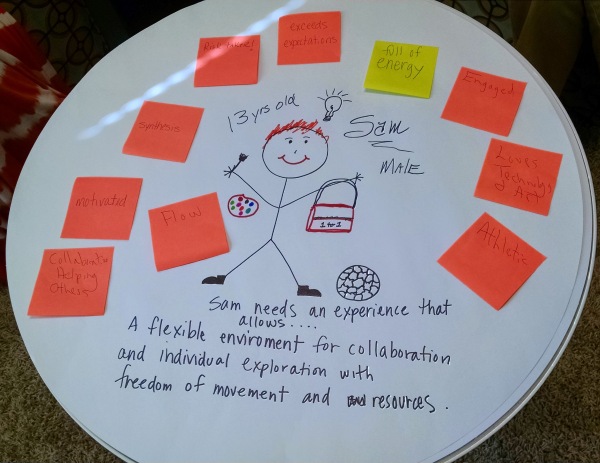What would it take to have an extreme makeover for learning in your school? Schools that are focused on project-based learning and personalized learning face the challenge of providing students with a flexible environment that facilitates collaboration and creation. Our traditional classrooms with desks facing the front of the room are a reminder of the industrial age and this traditional setting can be a hindrance to learning. Where do you go when you want to learn something new or focus on a project? Think about your ideal learning experience. Does it involve sitting in a desk facing the front of a room? We shouldn’t expect our students to do their best work in an environment that doesn’t facilitate collaboration or movement.
When thinking about redesigning classroom space for learning, teachers face many challenges. Classroom space is limited and funding isn’t always available to purchase new furniture. There is also fear that students will be off task if they’re not visible to the teacher at all times. These challenges can be overcome by thinking differently about your space. Do you need all the desks? Are there other spaces in the school where students could work? Letting go of some control is key to getting started with a makeover.
In a recent workshop with David Bill from Notosh, David reminded our group that the learning experience defines the environment. We need to think about our users and design space that will accommodate their learning needs. What is the learning experience that you want for your students? Interview and survey your students to find out more about their learning needs. How do they learn best? Would they sit at a desk by choice? Use this information to brainstorm ways to improve their learning experience and then have students help you design classroom space to meet those needs.
Rapid prototyping will help you to redesign classroom space to meet the needs of your students. Look at your user profiles and get to work with craft materials to create a miniature classroom. Pick something from your new design to implement immediately. If you know that students need to have space for independent learning, use bookshelves or crates to make a private area for students. After implementing your new idea, observe and interview students to find out how they feel about the new space. Don’t worry if your first prototype is a failure. You haven’t done anything on a large scale yet and can easily make adjustments with your next iteration.

When you feel confident about your first attempt at designing space, keep on going. Add a new feature to your classroom and continue to ask students for feedback about the change. Once you’re on the right track, go for an extreme makeover. What would it look like if you moved everything out of your room and re-imagined your room for the learning that you want to occur? Would there be a front of the room? Do you need that big desk? Empty out your room and bring back the items that fit into the learning experience that you’ve designed. You may find that you don’t need desks for every student which will open up more space for collaboration.
By looking at your classroom through a new lens, you can redesign your classroom into a space that transforms the learning experience for your students. What will you do tomorrow?
